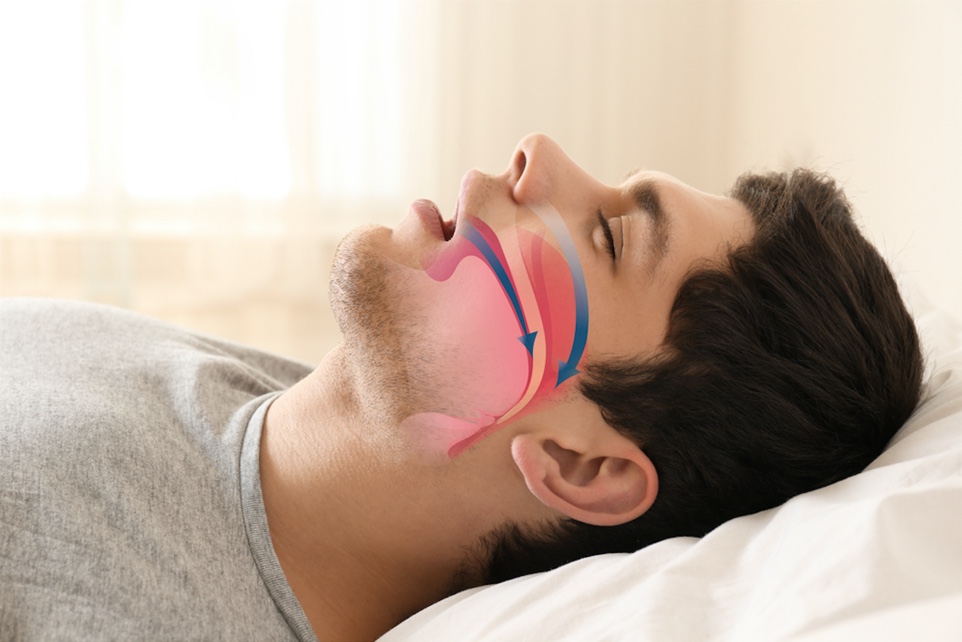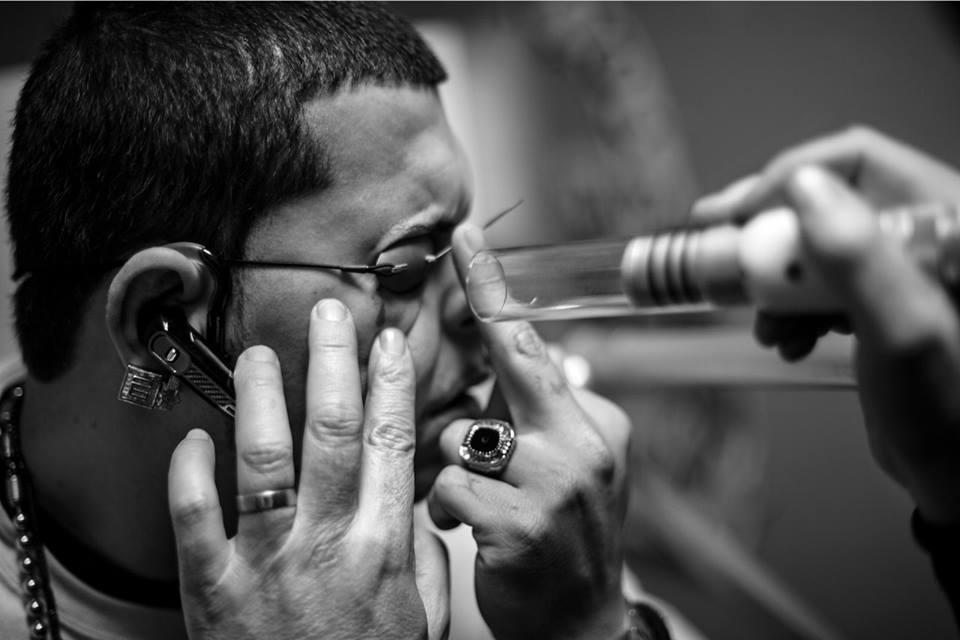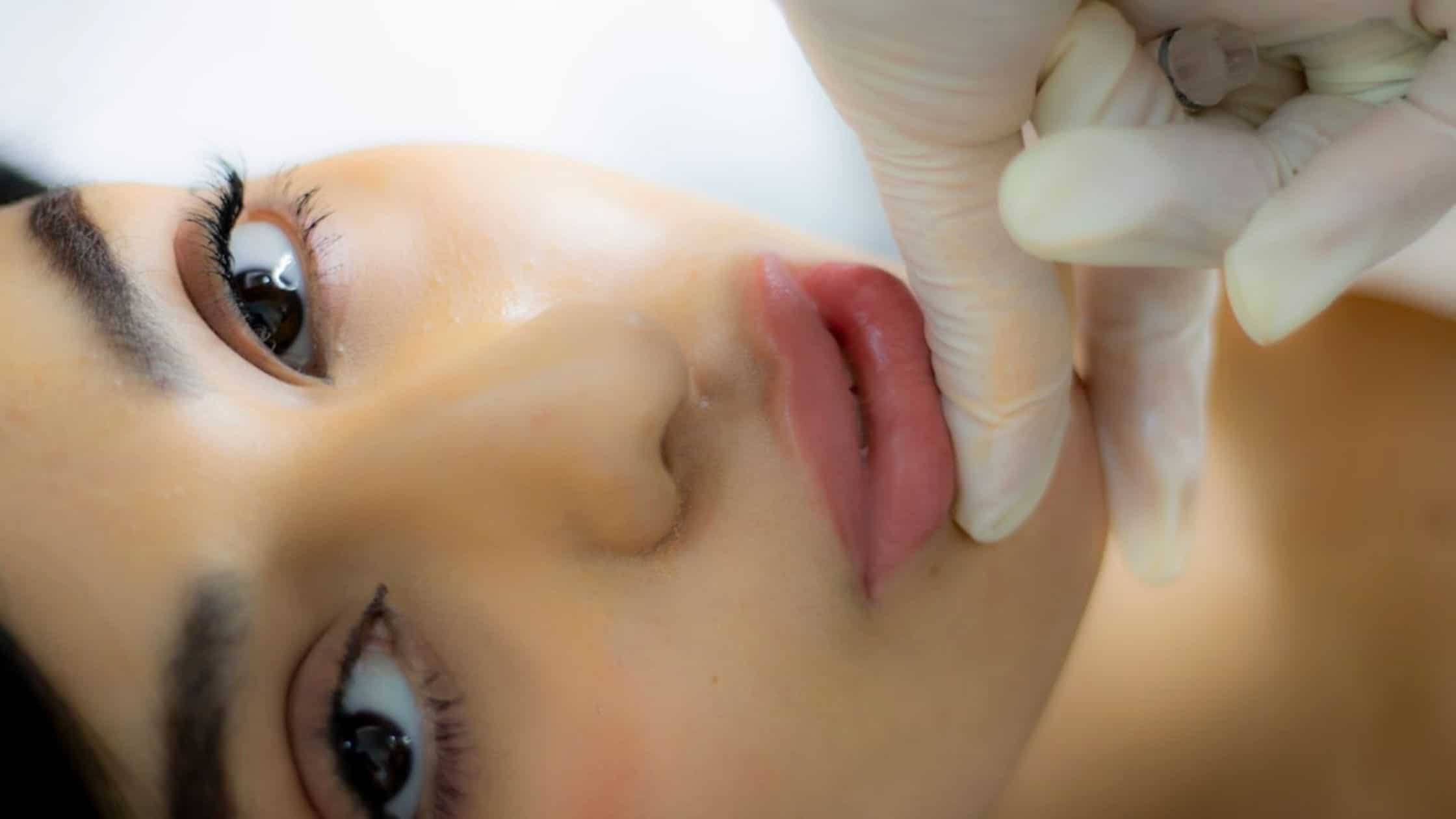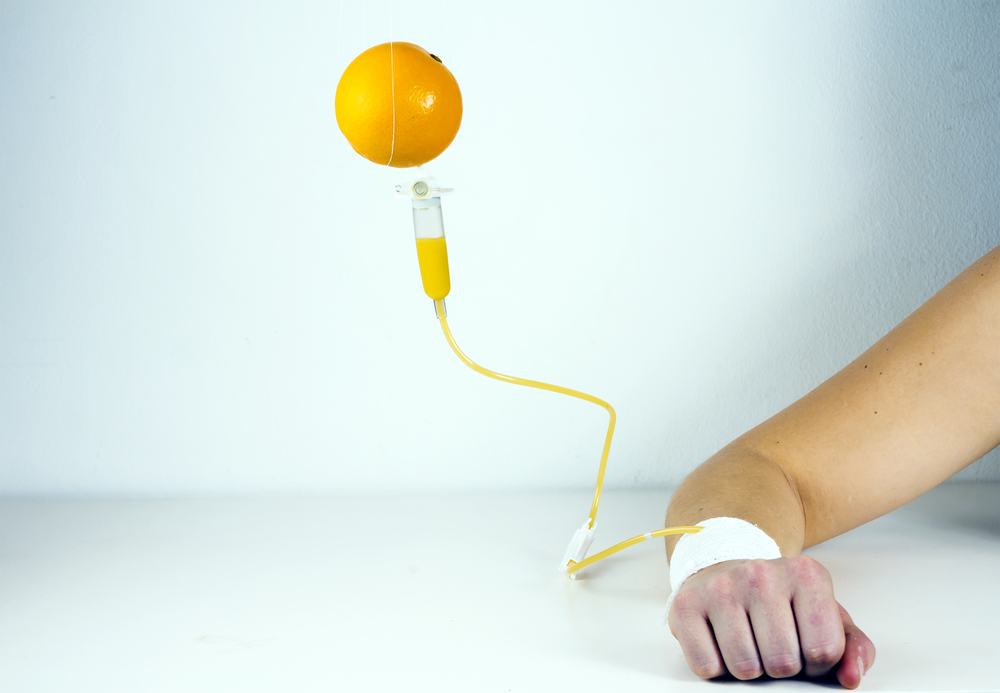A good night’s rest is no light matter: The National Sleep Foundation (NSF) warns that chronic sleep disorders and intermittent sleep problems alike are closely linked to hypertension, heart disease, stroke, diabetes, depression and a laundry list of other health complications. And, according to the NSF, one of the biggest contributors to a poor night’s sleep is snoring — it affects 90 million American adults.
Breaking Down Snoring
Snoring can be frustrating at best and positively maddening at worst, both for sufferers and partners of sufferers. But there’s more to the story. If you regularly snore, it may be a symptom of an underlying, and potentially serious, health problem. The two most common conditions associated with snoring are obstructive sleep apnea (OSA) and heart disease. Snoring associated with these issues can be life-threatening, and need to be treated by a professional.
So what can you do about it? First and foremost: make sure that your condition isn’t linked to something more serious. If you’ve already tried altering your lifestyle or using appliances like CPAP machines and nasal dilators to curb snoring, it may be time to consult with your doctor about more serious treatment options.
Various surgical procedures are available to stop snoring. Your doctor will likely recommend that you undergo a sleep study before deciding which treatment path is best for you.
Dr. Sabrina Magid-Katz, DMD, of Advanced Dentistry of Westchester, is a lecturer to dental societies and a member of the American Academy of Dental Sleep Medicine. Here’s what she had to say about these procedures, and the health concerns that are associated with excessive snoring.
Can Snoring Be Dangerous?
Besides the fact that it keeps you up at night, which compromises your overall health and well-being, snoring can be a serious medical issue if not appropriately addressed.
When you snore, the respiratory structures in your body vibrate due to an obstruction of the air you breathe. Those who have been diagnosed with obstructive sleep apnea and other serious sleep disorders are at risk of interruptions in breathing, which can lead to a host of serious medical problems such as hypertension, heart disease, and diabetes.
“Obstructive sleep apnea is a condition in which the jaw and soft tissue blocks the airway and a person stops breathing for periods of time,” Dr. Magis-Katz explains. “They wake up just enough to move the muscles and breath again, but this may happen every other minute without a person remembering it in the morning.”
Talking with your primary care doctor is the best course of action for anyone who experiences intermittent or severe snoring. After conducting a sleep study, he or she will be able to determine whether your condition is caused by something else or if surgery, medication or sleep devices will help you get a better night’s rest.
Treating sleep apnea
“Treatment for sleep apnea may range from a CPAP machine that holds the airway open with a column of air, to a special night guard designed by a sleep-trained dentist,” says Dr. Magis-Katz.
The good news is that there are several dental appliances and non-surgical treatment options to choose from if all you need is some quiet. Sometimes, simple lifestyle changes — like cutting down on alcohol or losing weight — will also correct excessive snoring.
However, more serious cases may require surgical intervention to both cure excessive snoring and prevent serious medical complications.
Snoring Surgery: The Basics
There are several different surgical techniques available to address chronic snoring. These options are referred to as surgical modifications of the upper airway because they target areas of the throat in order to stop a patient from snoring.
While each surgical treatment is unique, most are palatal surgery, meaning they adjust the soft palate — which is blamed for over 80 percent of all snoring-related issues — by modifying it, minimizing it or removing it altogether.
Other procedures modify the uvula — the fleshy, cone-shaped projection that hangs from the soft palate — when it is elongated or enlarged, which leads to snoring and sleep apnea. Occasionally, doctors may recommend tonsil or nasal surgery to correct issues associated with snoring.
A wide variety of methods are used to minimize or remove components from the upper airway, from lasers to implants to traditional incisions.
Option 1: Somnoplasty
During somnoplasty, a doctor uses a heat energy device to modify the tissues of the uvula and soft palate inside the throat. In cases of obstructive sleep apnea, the tongue base may also be targeted to prevent choking while sleeping. A radiofrequency ablation device is used to shrink the tissues that obstruct airways and cause snoring. In general, patients report that the procedure is comfortable, with minimal pain.
Somnoplasty is relatively simple procedure, with few side effects and a quick recovery period. It is performed on an outpatient basis and only requires the use of local anesthesia. Roughly two weeks after receiving somnoplasty, most patients begin to see improvements in their snoring. Before that, however, their snoring may temporarily worsen due to swelling.
“Somnoplasty is similar in some ways to the Pillar procedure, as it also works to decrease the vibration of soft tissue and thus quiet snoring,” says Dr. Magis-Katz. “While it is less invasive than other surgical procedures, it cannot be considered a cure for sleep apnea — sleep studies should always be performed to evaluate the underlying disorder.”
Option 2: Pillar Procedure
The patented Pillar Procedure claims to be one of the fastest, easiest and most effective ways to address chronic snoring. It’s also recommended for treating mild to moderate cases of obstructive sleep apnea. During the Pillar Procedure, the soft palate is stiffened via tiny palatal implants, which reduce the tissue vibrations that cause snoring and the ability of the palate to obstruct the airway.
The Pillar Procedure is preferred by many because it doesn’t require the removal or adjustment of any soft tissue. The outpatient surgery takes just one short session and only requires a local anesthetic. Compared with more invasive snoring surgeries, the Pillar method comes with minimal downtime, a short recovery period and fewer side effects. Most patients report only minimal discomfort during the procedure.
“The Pillar procedure is a good option for those who are diagnosed with primary snoring, which means they make lots of noise but don’t stop breathing,” says Dr. Magis-Katz. “However, keep in mind that snoring may be a sign of a more serious medical condition. Just because your ‘Zs’ are now quiet, it doesn’t mean you’re getting healthy sleep. Some may find that their sleep apnea improves, but this should be confirmed with a post-treatment sleep study.”
Option 3: Laser-Assisted Uvulopalatoplasty
You already know that lasers are used for everything from tattoo removal to softening deep wrinkles, so it should come as no shock to learn that they’re used to treat snoring, too.
Studies have shown that laser-assisted uvulopalatoplasty is a successful and minimally invasive sleep apnea surgery, and that it can be used to treat other issues associated with sleep-disordered breathing. During this procedure, doctors use a laser to shrink the size of an elongated or enlarged uvula.
The uvula is shrunken in order to decrease the volume of one’s snoring and to limit vibration, which helps manage snoring as well as mild to moderate sleep apnea. As far as sleep disorder procedures go, this one’s pretty simple. The entire procedure takes just 30 minutes and only requires local anesthesia.
What’s more, you can resume normal activity almost immediately, the most common side effect is a mild sore throat. Most people experience relief from snoring and sleep apnea symptoms within the first two weeks.
Option 4: Turbinectomy
Blocked nasal passages caused by allergies are often to blame for snoring, nasal congestion and general discomfort throughout the day. If this is the cause of your ailments, then a turbinectomy (also known as a turbinate reduction) may be recommended. During a turbinectomy — which is generally performed alongside rhinoplasty, septoplasty and other procedures — your doctor will remove bone and soft tissue to correct nasal obstruction.
This nasal surgery is used to treat a deviated nasal septum, swelling of the adenoids, chronic sinusitis, nasal polyps and other medical problems. Like the other methods outlined here, turbinate reduction surgery is relatively simple and noninvasive, but some doctors recommend the use of general anesthesia to ensure the highest level of comfort. However, it’s also possible to have a turbinectomy performed with only local anesthesia.
Option 5: Uvulopalatopharyngoplasty
Uvulopalatopharyngoplasty (UPPP) may be one of the longest names in the medical dictionary, but don’t let that scare you. This procedure is like all the others in that it removes many of the elements inside the throat that can block the upper airway and contribute to snoring. However, during UPPP surgery, more components are typically removed. For example, a surgeon might choose to remove tissues from the tonsils and adenoids in addition to the uvula and soft palate.
UPPP surgery is a bit more complex and in-depth than the other options, as it typically requires the complete removal (rather than the minimizing) of throat tissue. There is also significantly more risk associated with UPPP. One primary concern is that the post-procedure scar tissue could tighten the airway after surgery, which can make breathing and snoring even worse. Patients may also experience complications with the voice and constricted breathing after a UPPP procedure.
Option 6: Maxillomandibular Advancement
Also known as bimaxillary advancement or double-jaw advancement, maxillomandibular advancement (MMA) is a procedure wherein a surgeon will adjust the jaw in order to enlarge the airway in both the palate and tongue areas. The procedure requires the doctor to move the upper and lower jaws forward. It is most commonly performed on people who have jaw abnormalities that affect sleep, but may also be performed on patients who have had minimal success with other sleep apnea and snoring treatments.
MMA surgery is performed in the operating room using general anesthesia. A surgeon will make small incisions inside the mouth and free the jaw with the use of saws and chisels. The doctor will then set the jaw in its new position and secure it with titanium plates and screws. Those who have obstructive sleep apnea typically require much more complex movement and adjustment of the jaw, which makes side effects and recovery more complicated. The worst part about the MMA procedure is that patients are unable to eat solid foods or chew for up to six weeks post-operation.
Non-Surgical Option: Zyppah®
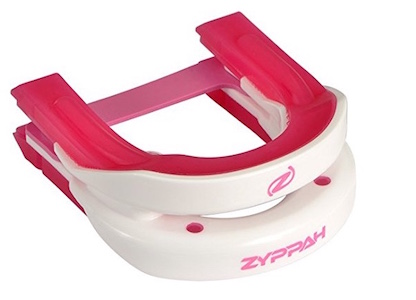
There’s even more good news on the horizon for those who aren’t keen on the idea of surgery. Oral appliances like Zyppah claim to completely eliminate snoring via a self-molded device that stabilizes your tongue while you sleep. This product features an elastic band that prevents the tongue from falling back into the throat and blocking your airways. The soft, moldable material makes it comfortable enough to wear all night. Zyppah costs around $100 and comes in various colors and styles.





